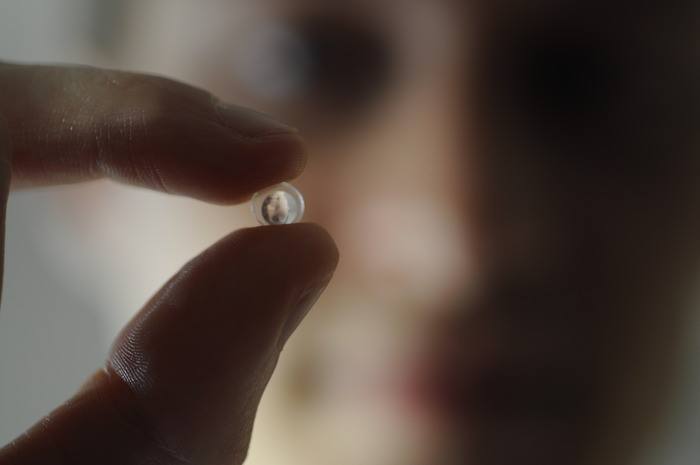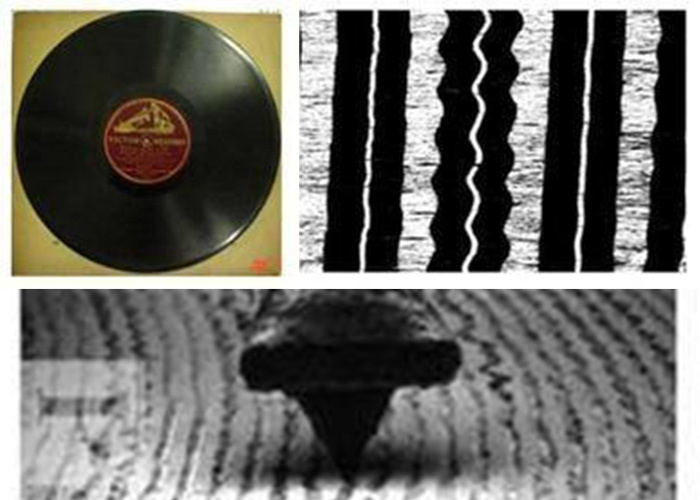Light Won the Second Impact Factor 14.603: China's First Optical Class Second World Top 100
OFweek Optical Network News: Recently, Thomson Reuters Group released the 2015 Science and Technology Journal Citation Report (JCR2014). Light: Science and Application, hereinafter referred to as Light) has obtained its second impact factor since its inception, 14.603 ranking 2nd among 86 optical journals included in JCR. Among the 8618 international journals included in SCI, it ranked 95 and successfully ranked among the top 100 in the world. The impact factor of 14.603 is also the highest impact factor achieved by a Chinese sponsored journal. Light is China's first open-access optical journal sponsored by Changchun Institute of Optics, Fine Mechanics and Physics, Chinese Academy of Sciences, and published in cooperation with Nature Publishing Group (NaturePublishingGroup,NPG). The online version was launched on March 29, 2012, and the printed version was published in 2013. In October 2013, the journal was successively included in the SCI of Thomson Reuters and the Scopus database of Elsevier, an internationally renowned online retrieval system. In July 2014, it was included in DOAJ, the largest open access journal catalog in the world. Compared with its first impact factor 8.476 (the fourth in optical journals in 2014),Light's development momentum is gratifying and its international status is further steadily improved. At the beginning of the publication, it was positioned as "creating a high-end international optical journal", established an editorial board composed of world-class optical experts, and enhanced the global reputation of the publication through various channels such as the international network and resources of the Nature Publishing Group, and attracted High-quality manuscript sources. The journal has published numerous high-impact articles, including ShujiNakamura of the 2014 Nobel Prize winners in Physics and 17 high-level ESI papers. In addition, many articles published by Light have been cited by first-class journals such as Science and Nature. In order to better disseminate scientific research results, promote academic exchanges, and extend the value of journals, Light has hosted LightConference every year since 2013. The conference invites well-known scientists from all over the world to attend, and attracts researchers from all over the country to participate in the conference. Experts and scholars gather through the journal This platform is gathered for in-depth academic exchanges and scientific research cooperation. 2015 is the international year of light determined by the United Nations. Light takes this opportunity to host LightConferenceWeek to accelerate the dissemination of innovative scientific research achievements through various forms of academic activities.
04 Sep,2017
Soft lens turns smartphone into microscope
OFweek Laser Network News: Researchers at the University of Houston in the United States have recently developed a new type of optical lens that can be directly attached to a smart phone to magnify the image by 120 times, with a resolution of 1 micron, and the cost is only 3 cents. The paper was published in the journal Biomedical Optics. Shi Weichuan (transliteration), an associate professor of electrical and computer engineering at the University of Houston, said that this lens can work like a microscope, is low in cost and easy to use, so it is very suitable for use in the classroom of elementary and middle school students. It can also be used clinically, allowing small, remote clinics to share images with specialists elsewhere. According to the Daily Science Network, the lens is made of polydimethylsiloxane (PDMS). PDMS is a material with a concentration like honey that adheres precisely to a preheated surface and gradually solidifies. Song Yulong, the first author of the paper and a doctoral student, said that the curvature of the lens, that is, the magnification, depends on the heating time and heating temperature of PDMS. The resulting lenses are flexible and flexible, like soft contact lenses, but they are thicker and slightly smaller. This lens can be simply attached to the camera of a smart phone, which can turn the camera into a microscope. After optical magnification of 120 times, the image resolution can reach 1 micron. And since the PDMS and glass don't stick together permanently, the lens can be easily removed after use. Traditional lenses are made by mechanical polishing or injection molding, and the material is usually glass or plastic. Although there are liquid lenses, they cannot be solidified and must be kept stable in a special container. Song Yulong said that other liquid lenses need additional equipment to be attached to smart phones. This kind of lens can be directly attached without falling off and can be reused. For research, to take slides of human skin follicle tissue, you can use a smartphone-PDMS system or an Olympus IX-70 microscope. At 120 times magnification, the smartphone lens is comparable to the Olympus 100 times microscope, and the digital magnification supported by software can be further improved. The researchers estimate that the total cost of building such a lens could be 3 cents. In contrast, traditional scientific microscopes cost tens of thousands of dollars. Therefore, this kind of lens is very suitable for primary and secondary school students to use, they are a cheap and convenient means of field or indoor research. They can easily share photos via email or document by simply attaching the lens to their smartphone, and because this lens is very cheap, it is not a big deal if it is lost or broken.
04 Sep,2017






